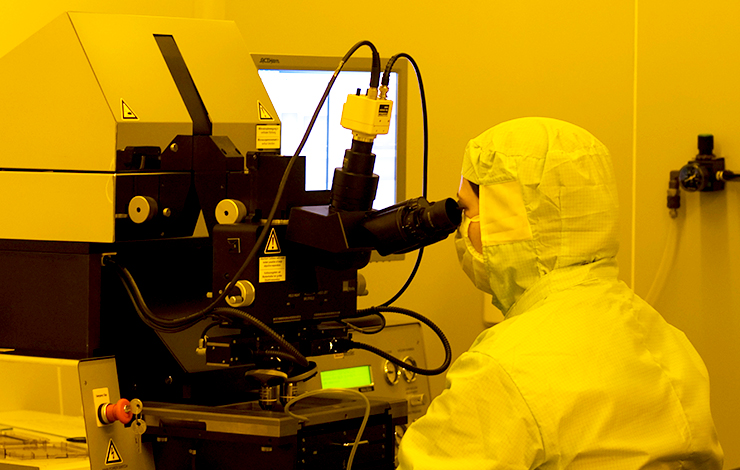
A cellulose liquid crystal motor: a steam engine of the second kind

A cellulose liquid crystal motor: a steam engine of the second kind
Yong Geng1, Pedro Lúcio Almeida1,2, Susete Nogueira Fernandes1, Cheng Cheng3, Peter Palffy-Muhoray3 & Maria Helena Godinho1
1CENIMAT/I3N, Departamento de Ciência dos Materiais, Faculdade de Ciências e Tecnologia, Universidade Nova de Lisboa, 2829-516 Caparica, Portugal, 2Área Departamental de Física, Instituto Superior de Engenharia de Lisboa, Instituto Politécnico de Lisboa, R. Conselheiro Emídio Navarro, 1, 1950-062 Lisboa, Portugal, 3Liquid Crystal Institute, Kent State University, Kent, Ohio 44242, USA.
Yong Geng1, Pedro Lúcio Almeida1,2, Susete Nogueira Fernandes1, Cheng Cheng3, Peter Palffy-Muhoray3 & Maria Helena Godinho1
1CENIMAT/I3N, Departamento de Ciência dos Materiais, Faculdade de Ciências e Tecnologia, Universidade Nova de Lisboa, 2829-516 Caparica, Portugal, 2Área Departamental de Física, Instituto Superior de Engenharia de Lisboa, Instituto Politécnico de Lisboa, R. Conselheiro Emídio Navarro, 1, 1950-062 Lisboa, Portugal, 3Liquid Crystal Institute, Kent State University, Kent, Ohio 44242, USA.
The salient feature of liquid crystal elastomers and networks is strong coupling between orientational order and mechanical strain. Orientational order can be changed by a wide variety of stimuli, including the presence of moisture. Changes in the orientation of constituents give rise to stresses and strains, which result in changes in sample shape. We have utilized this effect to build soft cellulose-based motor driven by humidity. The motor consists of a circular loop of cellulose film, which passes over two wheels. When humid air is present near one of the wheels on one side of the film, with drier air elsewhere, rotation of the wheels results. As the wheels rotate, the humid film dries. The motor runs so long as the difference in humidity is maintained. Our cellulose liquid crystal motor thus extracts mechanical work from a difference in humidity.









